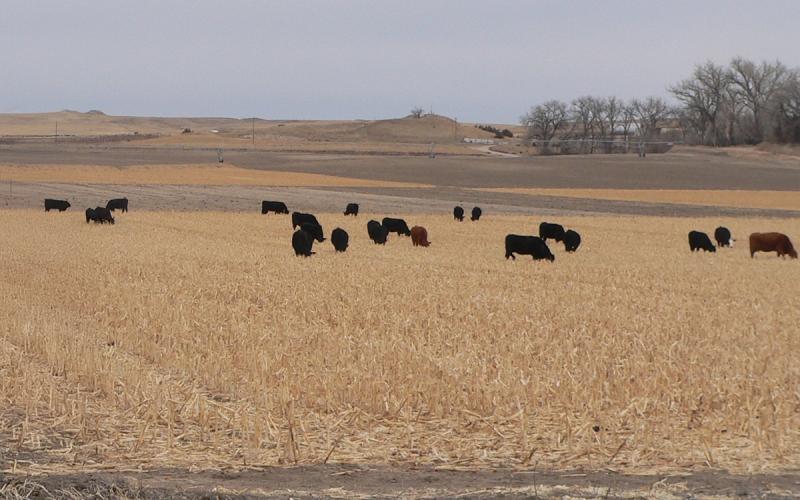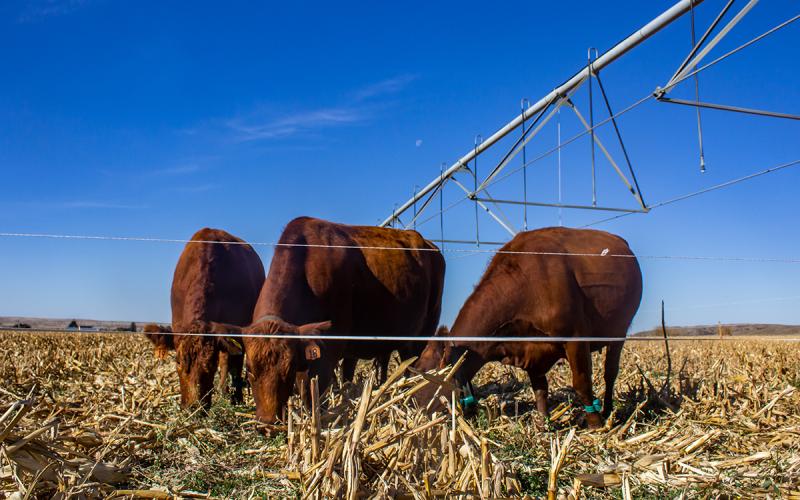Custom cattle feeding can be a “win-win” strategy when done correctly. Feeding someone else’s cattle provides a method to market feedstuffs without tying up the capital required to own the livestock. Custom feeding arrangements allow cattle owners access to management expertise and facilities they may not possess, opportunities to capitalize on superior genetics, and options in the event of feed shortages.
As with any business arrangement, both parties need to do their homework and ask the right questions. Most deals that end up badly do so because of lack of communication and due diligence at the outset.
Are They the Right Partner?
Not all ranches or cattle are alike, so it stands to reason that not every feedlot is suited to every customer and every type of cattle. Not every yard is equally skilled at starting high-risk, bawling calves, or developing replacement heifers, or maximizing performance on yearling steers. Making certain that the cattle feeder understands how to manage that particular class of cattle and that everyone understands the other parties goals and objectives increases the odds of success and reduces the chances for misunderstandings and disagreements.
Get it in Writing
There’s an old saying that good fences make good neighbors. The same could be said about written agreements. Having a written agreement forces everyone to think about the entire transaction, what could go wrong, and how those concerns will be addressed. Written contracts help make sure there are no disagreements about who said what and what was agreed upon. Written contracts also establish the framework to resolve conflicts if any arise.
What Are the Expectations?
Any cattle feeder will tell you that not all calves are created equal and that there is considerable variation between sources and management systems. There should be a frank discussion about business goals and expectations for performance, sickness rates and death losses and whether or not those expectations are realistic.
Resources, Experience, and References
Before sending cattle to a custom feedlot, the owner should make sure that all the necessary resources are in place. Facilities and equipment don’t need to be gold-plated, but they do need to be functional. Level of experience and the caliber of any outside expertise, particularly nutritionists and veterinarians, should be assessed as well. Talking with individuals who have knowledge of the operation could provide valuable insight into a feeder’s capabilities.
Financial Considerations and Risk
There is enough risk in the cattle business already without letting someone else’s financial difficulties becoming your own. Not getting paid for feed (or cattle) obviously can cause significant financial harm. Making sure that agreements are in writing is a necessary first step, but setting up communication between both parties’ lenders and backing that up with the appropriate lien filings provides an additional level of security.


